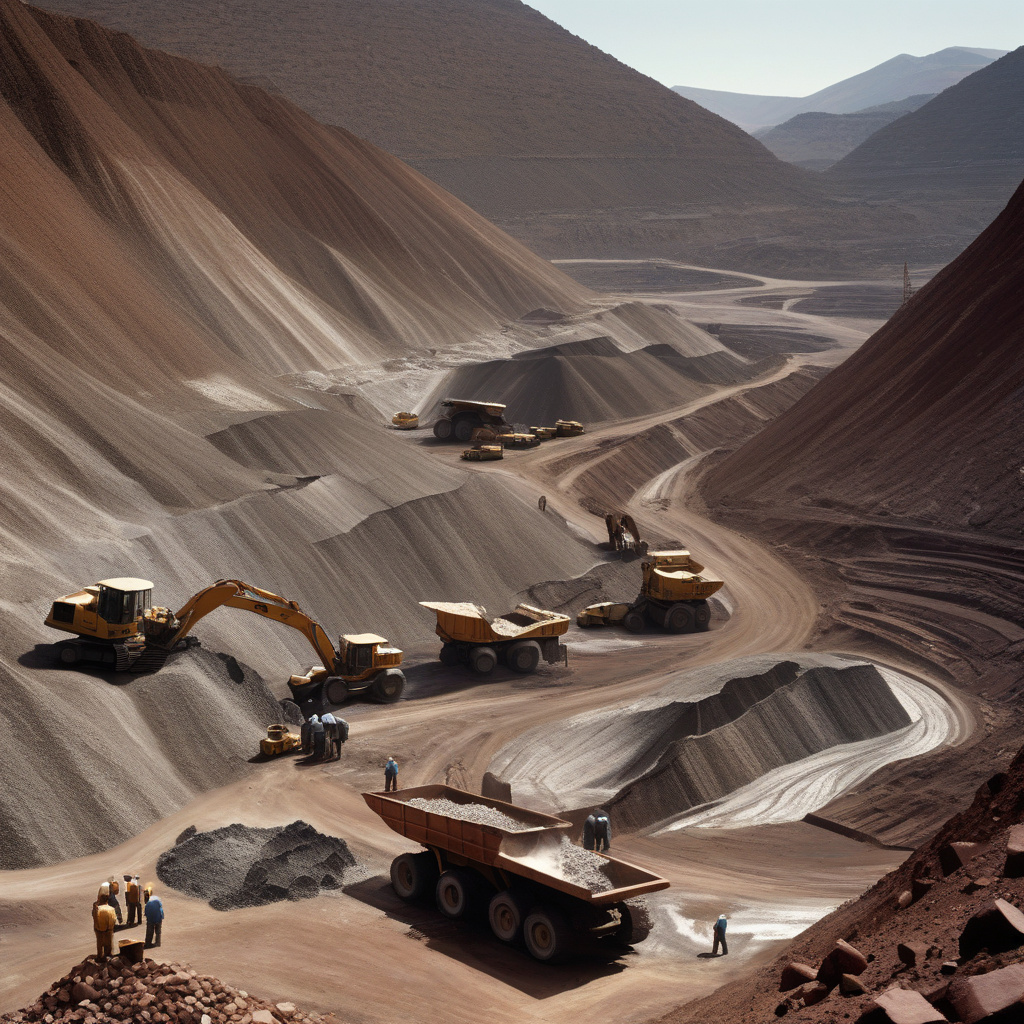Rare Earth Elements: Uncovering the Truth Behind Their Name and Scarcity
When Swedish lieutenant-turned-rockhound Carl Axel Arrhenius picked up an odd black stone near the village of Ytterby, little did he know that his discovery would pave the way for a group of minerals that would revolutionize modern technology. These elements, known as rare earths, are anything but rare in terms of abundance in the Earth’s crust. However, their unique properties and essential role in various high-tech applications have made them truly valuable in today’s industrial landscape.
The term “rare earths” is quite misleading, as these elements are not actually rare in occurrence. In fact, they are relatively abundant in the Earth’s crust, with cerium being more abundant than copper. So, why the misleading name? The reason behind this misnomer lies in the historical context of their discovery and the challenges associated with extracting and separating these elements from the surrounding minerals.
Rare earth elements consist of 17 elements on the periodic table, including scandium, yttrium, and the 15 lanthanides. These elements exhibit unique magnetic, luminescent, and catalytic properties that are crucial for various modern technologies. From smartphones and electric vehicles to renewable energy systems and defense technologies, rare earths play a vital role in enabling innovation and driving progress across industries.
One of the key challenges associated with rare earth elements is their extraction and processing. Due to their complex geochemistry and the presence of other elements in the mineral deposits, separating rare earths from the ore is a highly intricate and energy-intensive process. This has led to concerns about the environmental impact of rare earth mining and the geopolitical implications of supply chain disruptions.
China currently dominates the global rare earth market, accounting for a significant portion of the world’s production. This has raised concerns about the concentration of rare earth supplies in one country and the potential implications for global supply chains. As a result, there have been efforts to diversify rare earth sourcing and develop alternative extraction methods to reduce dependency on a single source.
In recent years, there has been a growing focus on recycling rare earth elements from end-of-life products to mitigate supply chain risks and reduce environmental impact. Initiatives aimed at recovering rare earths from electronic waste and industrial byproducts are gaining traction as a sustainable solution to meet the growing demand for these critical elements.
The future of rare earth elements lies in innovation and collaboration across industries to ensure a secure and sustainable supply chain. By investing in research and development of alternative sources, improving extraction and recycling technologies, and fostering international cooperation, we can overcome the challenges associated with rare earths and harness their full potential for the benefit of society.
In conclusion, while rare earth elements may not be as rare as their name suggests, their significance in driving technological advancements is undeniable. By understanding the complexities of rare earth mining, promoting sustainable practices, and fostering a more diversified supply chain, we can unlock the true value of these elements and ensure a brighter future for generations to come.
rare earths, technology, sustainability, supply chain, innovation












